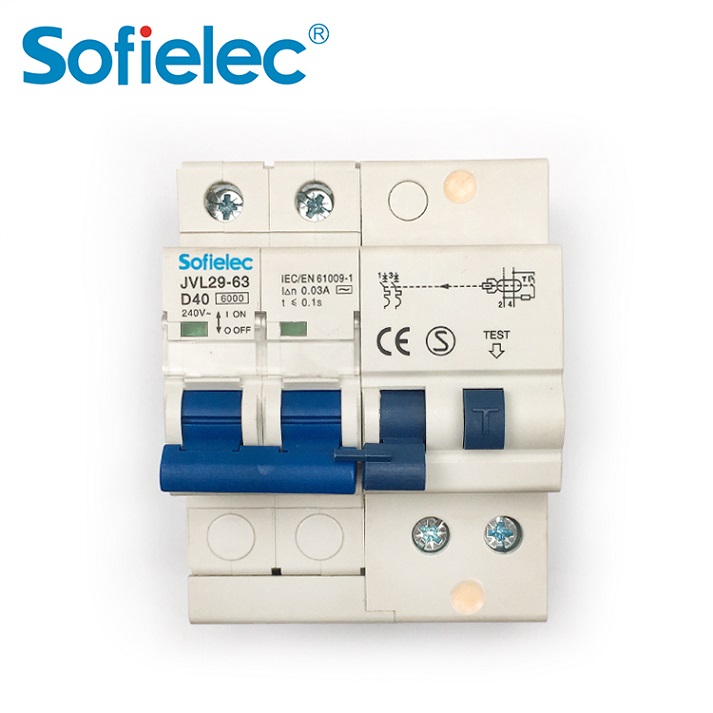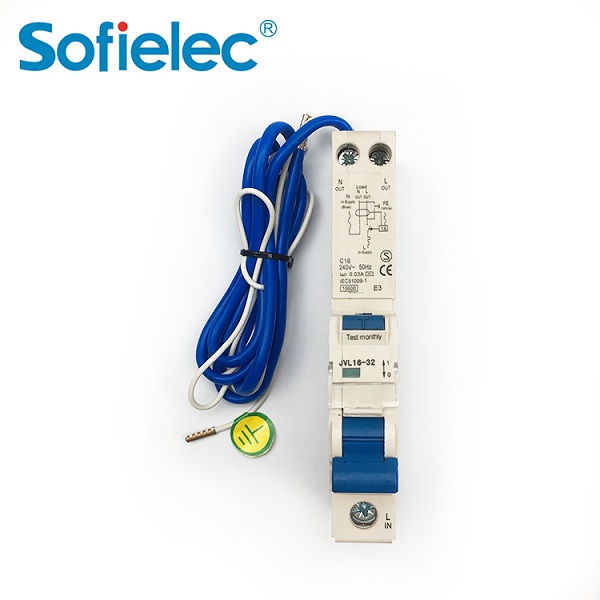Protection function of circuit breaker
The circuit breaker is also called a circuit breaker, and its interior is mainly composed of main contacts, reaction springs, hooks, levers, electromagnetic tripping and undervoltage tripping devices. It can protect the circuit from overcurrent, overheating, and undervoltage.
Overcurrent protection
When the load is severely short-circuited and the circuit current is very large, the electromagnetic trip coil generates a strong magnetic field and attracts the armature through the iron core. The armature acts to drive the lever to move up. The two hooks are tripped, relying on the action of the reaction spring. , The dynamic and static contacts are disconnected, thereby cutting off the circuit.

Overheating protection
The load runs for a long time with high current, the temperature of the heating element of the circuit breaker thermal protection device rises, and the metal sheet is heated and bent, thereby disconnecting the power supply.
Undervoltage protection
When the system power supply voltage is too low, the current flowing through the undervoltage trip coil in the circuit breaker is small, and the magnetic field generated by the coil is not enough to attract the armature, thereby disconnecting the power supply to protect the electrical equipment.



